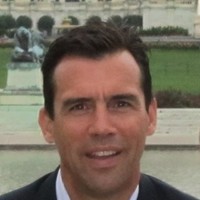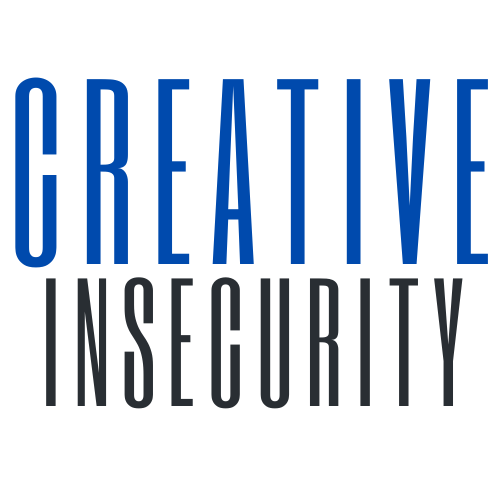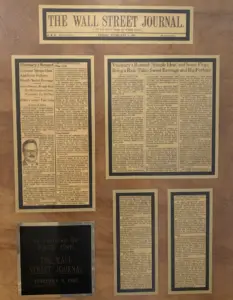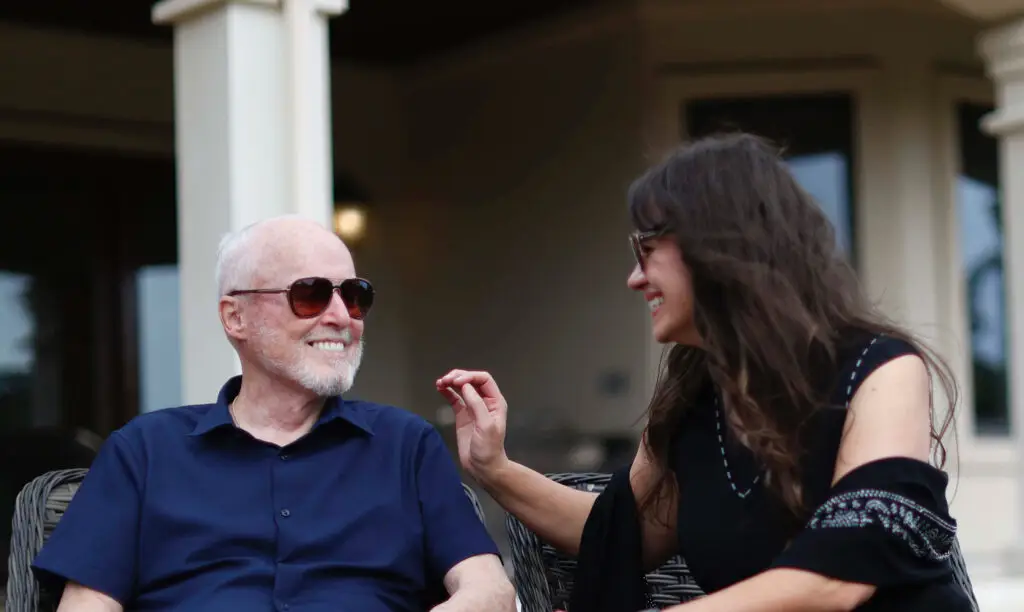How “The Warren Buffet of Healthcare” forecasts healthcare trends
James M. Sweeney is known in entrepreneurial circles for his vision in forecasting healthcare trends and as the father of the high-tech home healthcare movement. Recently, a donor to his alma mater, San Diego State University, bid on an auction to have lunch with him, donating $14,000 for the privilege. When asked why, Randy Kirshbaum responded that Jim (as friends call him) is, “The Warren Buffet of Healthcare.” Kirshbaum is a medical and dental entrepreneur himself, and not the first to make similar pronouncements. Jim’s serial entrepreneurship was the subject of a laudatory “Page One” Wall Street Journal article which cited his “strong track record,” “dogged persistence,” and “clairvoyance.”
Serial entrepreneurship grounded in vision
Sanford R. Robertson, who is the chairman of Robertson Stephens and one of the original fundraisers for Kleiner Perkins, said, “Jim can see farther into the future than most people do, and he’s been able to take advantage of it.” Brook Byers was another founder of Kleiner, Perkins, Caufield, and Byers, and he once gave Jim an award entitled that read, “visionary.” It was meaningful to Jim at the time and still is.
Success is attributed to vision
Much of Jim’s repeated success in capitalizing on healthcare trends has been attributed to vision, one of three key traits explored in the upcoming business success book Creative Insecurity: Lean into the Unknown and Unleash Your Inner Misfit. He calls these traits, “The Contrarian’s Trifecta.” They are:
- Vision
- Humility
- The no-quit gene (or grit)

Related article: Introduction to the Contrarian’s Trifecta: Three traits for success
What is vision?
James M. Sweeney defines vision as seeing what others do not. It is taking in data points and reading the landscape. He is adamant that vision is not a trait people are born with as much as it is a relentless habit of taking in data and asking the question, “What am I missing? What am I missing? What am I missing?”
Jim asserts that “Vision is largely a skill, not a talent, which means you can learn it.”
Vision is noticing where there is a burning need and where an enormous market exists. In healthcare, life-changing needs exist everywhere, and the market is large and growing. The best bets typically involve taking a contrarian view, but only when grounded in a clear vision. Vision must also involve spotting the fatal flaws. More on that in the section below on “Don’t marry a mistake.”
Real vision comes from questions and data
While James M. Sweeney has not been a financial investor like Warren Buffet, his career has unfolded in a pattern based on making bets so big that he devoted years of labor and financial resources to these startups. One should not make a bet like that on a whim but after receiving a lot of confirming data.
His companies were all based on original ideas sparked by simple questions:
- Why are we doing it this way?
- Is there a better way?
- Can we be the first ones to do it right?
Jim says that another aspect of vision is constantly panning the horizon to take in those data points. He writes, “I’m naturally curious and watchful, but we all need to see more than we can with our own eyes. Create systems for collecting data, especially facts you would rather ignore. Build a culture that values questions, debate, and listening.”
Vision comes from experience
In healthcare, even more than with most industries, true vision must come from a well of deep experience. One does not just waltz in and have a big idea for how to fix healthcare. Case in point: remember the failed Haven venture started by Warren Buffet, Jamie Dimon, and Jeff Besos. These were really smart guys with deep experience in other industries, but this failure painfully showed that innovation to fix the entire healthcare system is not enough. The problem is bigger than any single solution. One lesson for anyone trying to forecast healthcare trends or the success of any venture is to make sure the problem is small enough to be solveable. Remember the disruptive innovation model pioneered by Dr. Clayton Christensen? One takeaway is that disruptive innovations usually start at the low end of the market, not at the top. That is the opposite of what Haven tried to do. (Side note: Christensen was a good friend of James M. Sweeney, and the two saw eye-to-eye on many business principles.
A cautionary tale – predicting healthcare trends without patient experience
The impressive founders of Haven also lacked patient experience. They may have assumed that they could apply principles that work on predictable, closed computer systems to healthcare. The problem is that the human body is a highly variable system.

Healthcare expert Bill Long, says, “It’s really hard to be successful in healthcare unless you literally have worked in an environment with patients and caregivers, and you understand the variability of care.”
In other words, the founders of Haven lacked patient experience. They didn’t know what they didn’t know.
Conversely, James M. Sweeney acquired breadth and depth of healthcare experience before starting any company. He believes that his first company, Caremark (now CVS Caremark), was set up for success partly because he did not start it until he was thirty-six. Not only did he have personal maturity by then, but he had worked in a healthcare environment from the time he was sixteen. His first job was in a hospital, then he served as an Army medic, and then he worked for large pharmaceutical and hospital supply companies. Being an Army medic was an experience that served Jim for the rest of his healthcare career.
He says, “Because of my hands-on background, I knew that when you have seen one patient, you have seen…one patient.”
“When you have seen one patient, you have seen…one patient.”
– James M. Sweeney
By the time Jim became the founder of Caremark, he could see a burning need, namely, to care for patients at home rather than in the hospital. It was a really, really big contrarian idea. But he started small with a single service.
Related topic: Do you have a big idea? Use Jim’s “Contrarian’s Checklist” to work through a series of coaching questions to hone it
Forecasting healthcare trends through triangulation
If you want to forecast healthcare trends (or trends in any other industry) first start with data, then interpret that data through a process of triangulation. This involves sensing what you think will happen, even if you can’t put your finger on why you have that hunch. Triangulation is a geometry-based surveying term that means observing known data points and plotting where the next point will be. The same process applies in business, where you can evaluate data and predict what will happen because you have seen similar situations before.
Sweeney cites another example of triangulation from watching legendary investor Peter Lynch do his thing.
Lynch was known for his exceptional vision in forecasting investment trends. Sweeny writes, “Early in my career, I met Peter Lynch, the legendary manager of the Magellan fund at Fidelity Investments. Lynch reviewed Caremark to determine whether he wanted to invest. He asked a handful of questions and quickly reached the nub of the issue. I was amazed to see his deftness in wielding questions, and he did end up investing. I understood that his seemingly intuitive process was grounded in a wealth of experience. In this way, the ability to ask great questions and then triangulate comes from pattern recognition.”
Timing the market
The idea of being the first ones to do it right is critical. Timing is key because there can be a real advantage to getting to a market first. James M. Sweeney says, “Some might call it luck, serendipity, or vision, but timing was a factor in the success of all my companies in terms of getting ahead of the wave. Everything became harder and more expensive for later entrants.”
However, one should not assume that first-mover advantage alone is a good metric to predict success. History is full of first-to-market tech companies that don’t exist today. They were overtaken by competitors who were the first to do it right. Too often, those with revolutionary ideas fail to take in data when the landscape changes. Thinking you already have the market figured out and don’t need to adapt is a sign of hubris. And as Jim says, “Hubris is the great un-doer.”
Making predictions after taking in unfavorable data
A humble person will only make predictions after taking in all the data. That especially means being on guard for information that does NOT support the desired outcome. We must all recognize the human tendency toward confirmation bias. For example, one of the researchers whose work helped inform Creative Insecurity is Adam Grant who wrote, Think Again: The Power of Knowing What You Don’t Know. Grant says, “If knowledge is power, knowing what we don’t know is wisdom”
James M. Sweeney adds that if you want to hone your functional contrarian vision, you must continually look for red flags. Then, after starting a venture, it’s critical to keep asking, “How could we do better?” Never assume that you will maintain the lead without constant improvements. Whether an early lead will endure as an advantage depends on continual adaptation.
Thus, it isn’t enough to simply make an accurate prediction. Rather, continually modify your trajectory after taking in a steady flow of data, especially unfavorable data.
The role of humility in making predictions
Jim is an example of remaining remarkably humble when it comes to taking in data. He says, “I genuinely want to understand why someone might disagree with me. I’m obsessive about listening when people tell me I’m full of it. They usually have something meritorious to say and might possess an insight I need.”
The idea of absorbing unfavorable data is especially critical in realistically forecasting healthcare trends. A product or service is dependent on getting reimbursement and complying with a complex regulatory environment. These hurdles might be overcome with dogged persistence (i.e., the no-quit gene). Jim had grit in spades, as evidenced by the fact that none of Jim’s companies had reimbursement approval at the beginning. Obtaining that approval was no small hurdle.
Related article: Upcoming Entrepreneurship Book: A Look at James M. Sweeney’s Successful Startups
Don’t marry a mistake
Another key principle that Jim espouses is, “Don’t marry a mistake.” By that, he means not getting attached to a preferred outcome. In Creative Insecurity, he writes, “When considering a venture, more often than not, we reach a place where we have to say, ‘This dog won’t hunt.’ In healthcare, it is common to find that getting reimbursement or FDA approval is an insurmountable obstacle.
Jim adds, “At those times, it’s critical to pull the plug without delay. Beware, because emotions can keep you from doing what you already know you need to do.”
In summary, if you want to successfully predict healthcare trends or any other trends, gain experience in the industry, hone your vision by taking in data, and remain humble by ensuring you hear unfavorable information.

Article by Rhonda Lauritzen
James Sweeney picked Rhonda as his co-author because she has written a dozen books, is an in-demand speaker at national conferences, and an entrepreneur in her own right. She is the founder of Evalogue.Life. She took the helm as CEO of Mineral Resources International for three years, working alongside her parents and six older brothers. She still serves on the Board of Directors there. She also spent eight years as the Vice President for Student Services at the Ogden-Weber Technical College, which followed three years as its marketing director. OTech is known as one of the finest institutions of its type in the nation, and it is part of the Utah Syste of Higher Education.
How “The Warren Buffet of Healthcare” forecasts healthcare trends Read More »






















